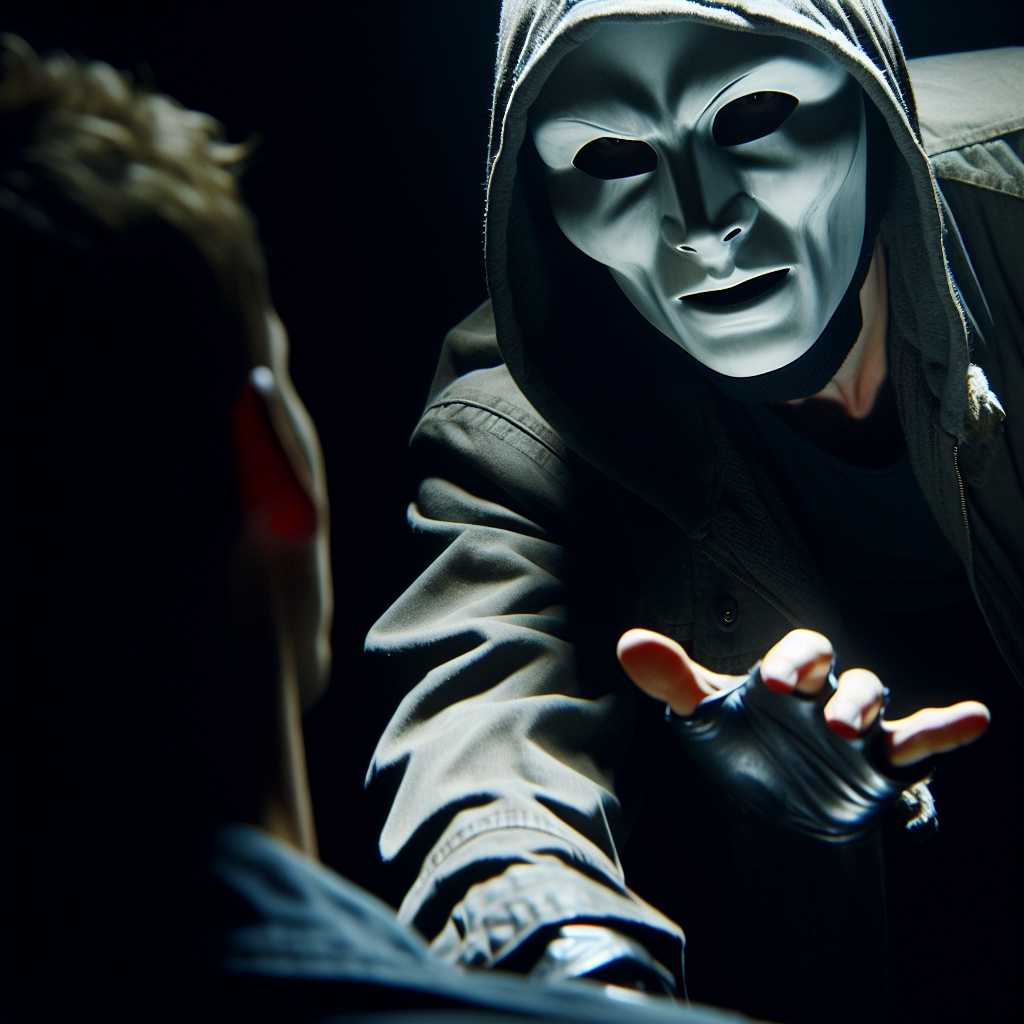The Cultural Impact and Legacy of the Scream Franchise
The “Scream” film series ignited a resurgence in the popularity of the slasher genre upon its initial release, with its first installment debuting in 1996. Directed by horror maestro Wes Craven and penned by Kevin Williamson, “Scream” emerged as a game-changer by employing self-referential humor and a keen self-awareness of horror movie tropes while still providing genuine thrills and spills. Over the years, the “Scream” legacy has only grown, encompassing sequels, merchandising, unforgettable characters, and an indelible impact on the genre.
Bridging Past and Present: The Unique Concept of Scream
“Scream” was revolutionary in acknowledging the history of horror movies within its narrative. Its characters were aware of classic films and their clichés, setting “Scream” apart from its predecessors. This meta-cinematic approach enabled it to comment on the genre’s exhausted formulas even as it played into—and upended—audience expectations. Combining black comedy, referencing other horror films, and presenting a killer who was both part of and commentary on the genre helped redefine what viewers could expect from a scary movie.
Iconography of Scream: From Ghostface to Cultural Quintessence
Ghostface, the series’ iconic masked villain, is recognizable across pop culture landscapes, symbolizing the franchise’s enduring mark on the horror genre. With its elongated, stark white mask inspired by Edvard Munch’s painting “The Scream,” the sleek black cloak and a knack for unnerving phone calls became synonymous with modern horror. Ghostface wasn’t bound to a single identity; anyone could be behind the mask, which increased the paranoia and suspense Scream was noted for while allowing for fresh twists in every film.
The Evolution of the Scream Saga: From Groundbreaking Original to Sequels and Beyond
The original film’s success spawned multiple sequels that continued to explore the mythos behind the fictional town of Woodsboro and its unfortunate inhabitants – often returning characters who became beloved by fans, most notably Neve Campbell’s Sidney Prescott. Each sequel attempted to balance honoring the original’s legacy with telling new stories in innovative ways. While some felt more successful than others based on critical and commercial reception, each chapter has been a dialogue with its audience about how horror movies evolve over time.
Casting and Performances: Key to Scream’s Success
Central to the allure of “Scream” has been its cast. Neve Campbell’s Sidney Prescott evolved into one of horror’s strongest and resourceful heroines throughout the franchise. Courteney Cox and David Arquette also provided compelling performances that resonated with audiences, returning for each episode in their roles as Gale Weathers and Deputy Dewey Riley, respectively. The series consistently deployed fresh talent for each movie, maintaining a connection to youthful pop culture while honoring its established core stars.
Real-World Influence: How Scream Transcended Cinema
“Scream” didn’t just impact viewers’ imaginations; it was also influential in a practical sense. It revitalized interest in horror among film studios observing this slasher’s commercial success. Additionally, it culturally capacitivated costume enthusiasts; one can scarcely celebrate Halloween without sighting a Ghostface ensemble blending into a sea of supernatural masqueraders. It brought forth discussions about violence in media and youth culture as well, proving that a popular film could have far-reaching societal implications.
Analysis: Dissecting Scream’s sustained relevance
What elevates “Scream” above its status as an excellent film is its ability to endure and remain relevant. Through continuing candid discussions about violence in media or now-classic spaces such as chat rooms (featured in “Scream 4”), each installment acted as both a time capsule and a progressive piece about contemporary topics, reflecting society’s changing obsession with technology and fame.
Relevance Today: Scream’s Presence in Modern Media
Two decades after its release, “Scream” maintained lively interactions with its audience through social media influence and continuous parodies. Demand for clever twist narratives influenced countless aspiring thrillers to embed self-aware characters within intricate plots. The methodology of incorporating legacy characters into new storylines shown by recent sequels could arguably be seen as laying groundwork for successful legacy-sequels in other franchises.
